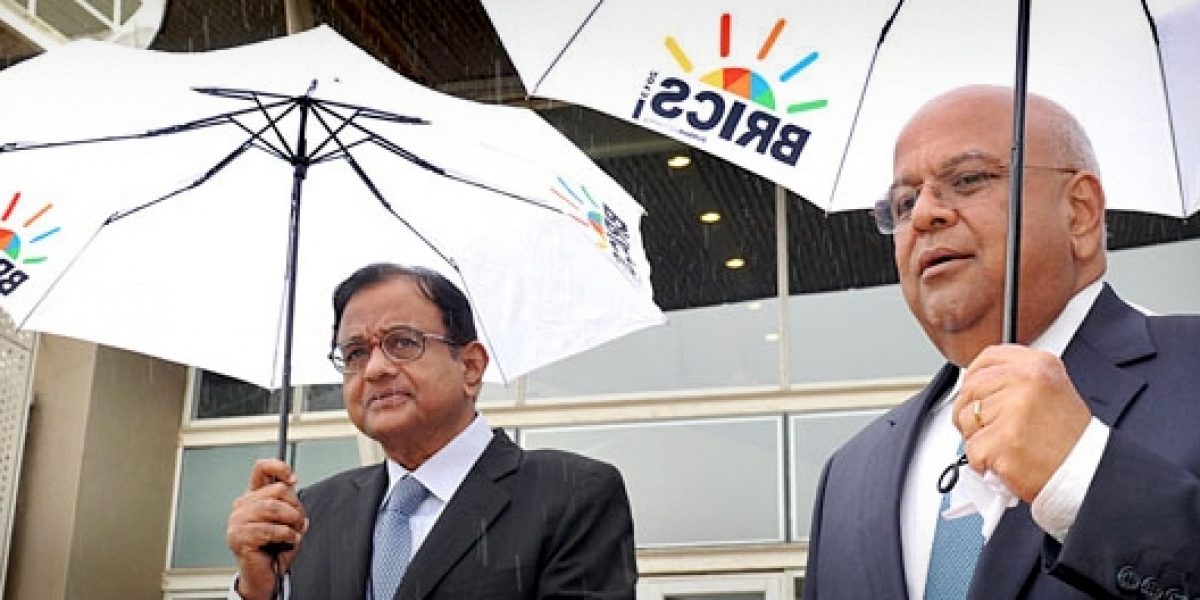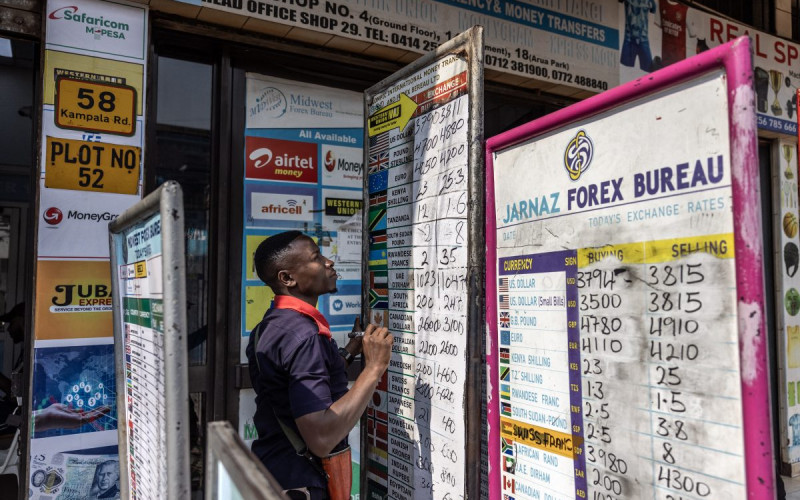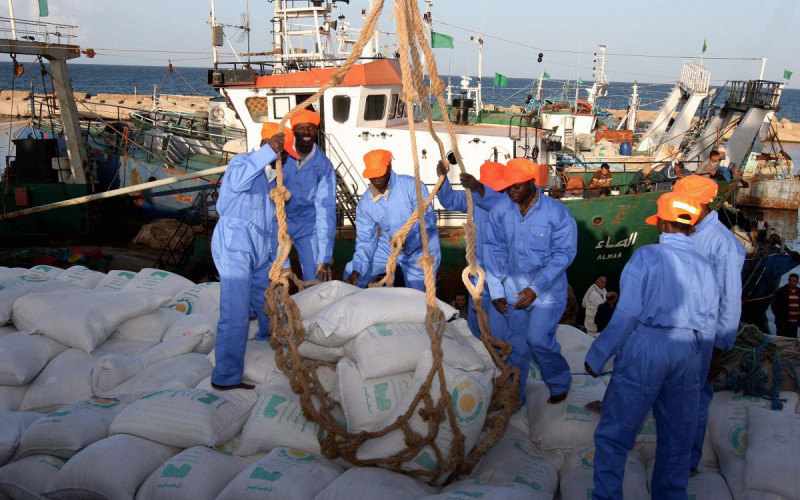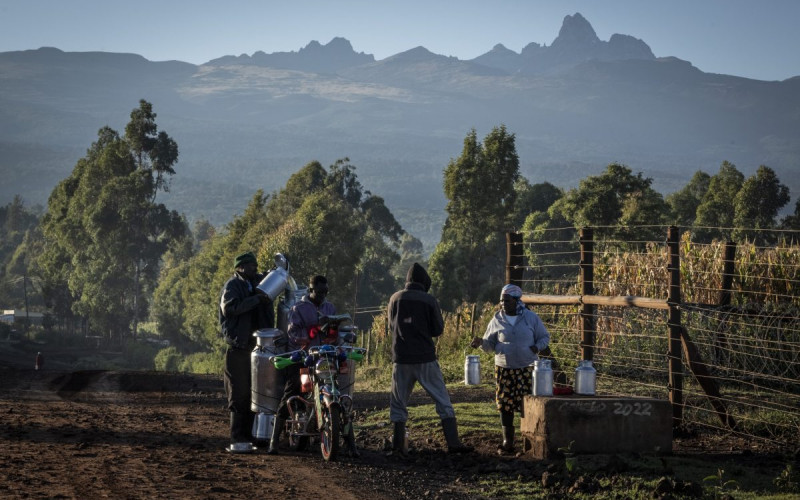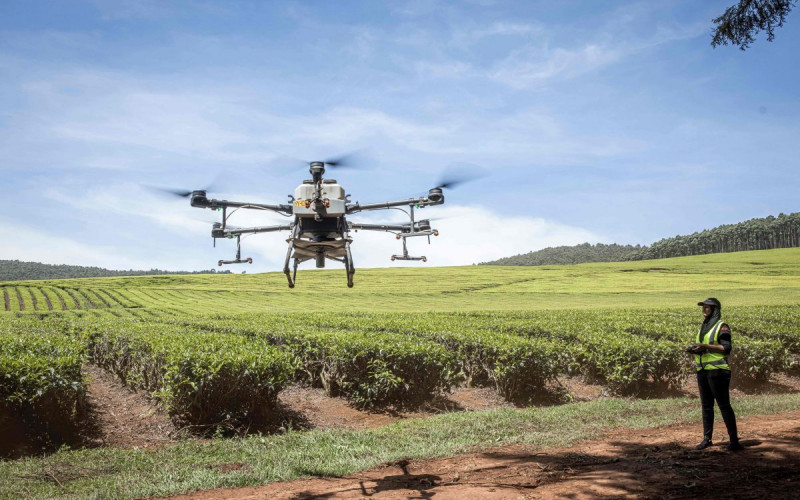The fact that Nkoane-Mashabane’s department leads on Brics matters places the grouping squarely in the geopolitical realm. BRICS presidential summitry revolves around United Nations (UN) Security Council co-operation, and co-ordination in the Group of 20 (G-20) heads of states’ global economic agenda, although the core of the economic agenda lies in the hands of finance ministries and central banks. Central to the BRICS endeavour is the desire to forge a developing country group capable of resisting the dominance of the Group of Seven (G-7) developed countries in global affairs.
Forging common agreement among the BRICS in the UN Security Council is comparatively easy for international crises such as Syria, Israel-Palestine and Iran as none of the BRICS countries has the power to shape events in those crisis zones decisively. Agreement on reforming the UN Security Council itself is an entirely different matter, as China and Russia are status quo, veto-wielding powers that do not want to see their prerogatives undermined by their fellow Brics members or any other country.
Whatever the merits or demerits of the mooted BRICS development bank, it should be seen partly as a reaction to western dominance of the international financial institutions, notably the International Monetary Fund (IMF) and the World Bank. Similarly, intra-BRICS agreements on currency swaps, along the lines of East Asia’s Chiang Mai initiative, are designed to reduce reliance on the IMF should balance of payments crises strike BRICS members.
This “high politics” focus excludes meaningful discussion of the “low politics” of actual trade and investment promotion, or what Department of Trade and Industry officials call “destructive competition”. It is clear that in the grubby world of trade conflicts, there is much that divides the BRICS nations. The same observation could be made of the G-7. In the Brics, such divisions have the potential to undermine the “high politics” discussions.
Therefore, South African ministers do not want to get into the squalid details of, for example, the alleged dumping of chicken giblets by Brazilian poultry producers in South Africa or, from a Brazilian perspective, the alleged collusion of South African poultry producers that act to inhibit competitive imports into the South African market.
If this Pandora’s box is opened in the context of BRICS, trade ministers of all parties could quickly become overwhelmed. In the South African case, for example, many companies complain that while the Department of Trade and Industry professes a strong desire to grow value-added manufacturing exports, the domestic gates have been opened to a ‘flood’ of cheap Chinese imports unfairly subsidised by a managed exchange rate, with Indian and Brazilian producers poised to deliver similar surges down the line.
Trade liberals such as I counter that South Africa’s manufacturing industry is fundamentally uncompetitive and that competition is required to shake up often cosy domestic arrangements, thereby engendering sustainably competitive companies. It is easy to see why heads of state do not want to deal with this polarising debate in the context of a new grouping that is in the early stages of feeling its way towards a common agenda.
So do not expect any grand integration projects such as a ‘BRIC Sfree-trade agreement’, as that would just be too divisive. Rather, in the ‘low politics’ terrain of trade co-operation within the BRICS, it is more fruitful to focus on the low-hanging but meaningful fruit, such as visa and customs procedures, promoting more frequent flight and shipping connections, the use of each other’s currencies in intra-BRICS trade, and so forth. Gatherings of BRICS business leaders supplement this framework through the collaborative projects they will forge over time. This ‘win-win’ agenda will be at the core of the new BRICS business council.
Yet there is an ‘intermediate politics’ level of co-operation that has proven fruitful in the past among the four developing countries that constitute the core of the BRICS — Russia being the notable exception. This concerns the multilateral terrain of global economic governance negotiations, and it centres on the World Trade Organisation (WTO). In the WTO, Brazil, India, China and South Africa (Russia having only just joined) have collaborated quite fruitfully in agriculture and industrial-tariff negotiations. In the agriculture talks, they even formed their own ‘G-20’ group of developing countries at the start of the Doha round, and for a while occupied the centre ground of the negotiating dynamic. In the industrial-tariff talks, they set up the ‘Nama (nonagricultural market access) 11’, which resisted the rather ambitious proposals emanating from the US in particular.
The main problem with the WTO is that the Doha round has been dead in the water for years now. Consequently, debate has shifted away from concluding the round to forging new ways of smaller group decision making that could sustain the organisation into the future, otherwise known as ‘plurilateral’ agreements. At present, the BRICS countries agree that this debate must be resisted as it detracts from concluding the round.
This blocking position is one motivation behind US and European trade strategies, which centre on concluding a grand bilateral transatlantic free-trade agreement (FTA), and separate FTAs in the form of the Trans Pacific Partnership (centred on the US) and the proposed Europe-Japan FTA. East Asians have responded by launching their own ‘Asean (Association of Southeast Asian nations) plus six’ talks. China is included in the latter, but otherwise its BRICS partners are excluded from such grand schemes. Developed countries are also seeking a ‘plurilateral’ agreement on trade in services.
How these initiatives will play out in the WTO remains to be seen, but in part they are designed to ratchet up pressure on the BRICS countries, among others. This background explains the BRICS trade ministers’ exhortations to keep the focus on the Doha round and resist initiatives that distract from it. It is not clear how this impasse will be resolved, nor what its implications will be for the WTO.
The BRICS Durban trade agenda has one other centrepiece to it: positioning South Africa as the ‘gateway to Africa’. That the BRICS countries don’t need South Africa in order to access opportunities in Africa is obvious. Nonetheless, the initiative contributes in some measure to South Africa’s apparently growing designs on continental leadership. How it is perceived in the rest of Africa is another matter entirely. I recall being in Berlin for the Group of Eight (G-8) summit in 2007, to which the G-8’s ‘outreach partners’ (Brazil, India, China, South Africa and Mexico) were invited. My German hosts spoke often about the ‘children’s table’ to which the outreach partners were invited to dine, as long as they behaved themselves. Perhaps this is how our African partners will perceive South Africa’s BRICS-gateway gambit — an extension of the ‘South Africa as big brother’ syndrome.
Yet it is clear that the BRICS summit process has arrived and that South Africa’s seat at the table is warranted in some measure. But the jury is still out on whether the BRICS can forge a meaningful trade agenda.

